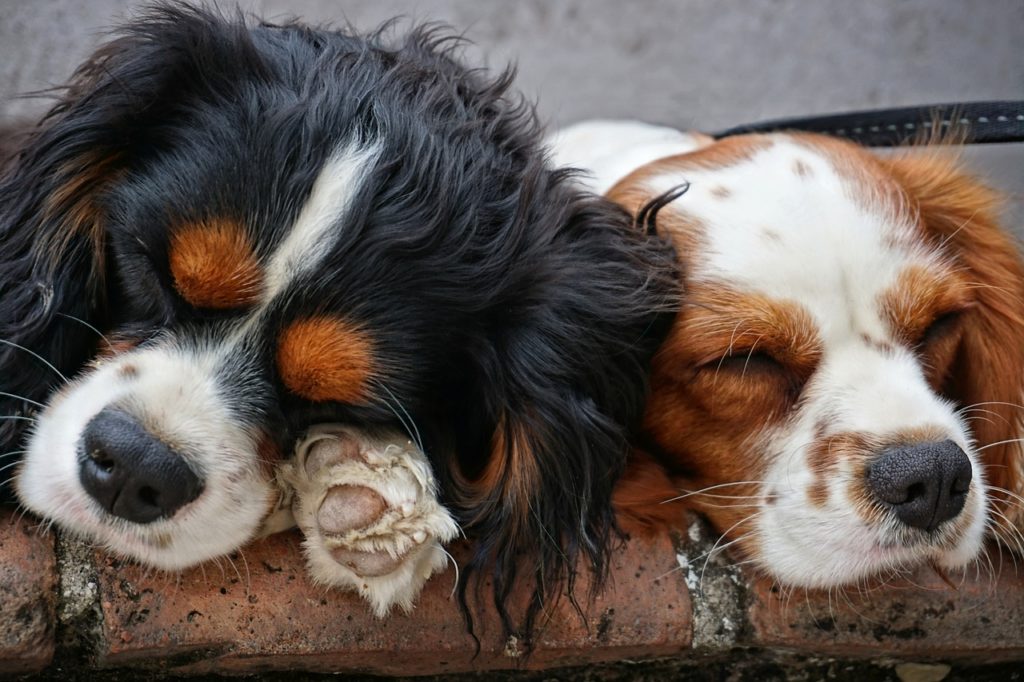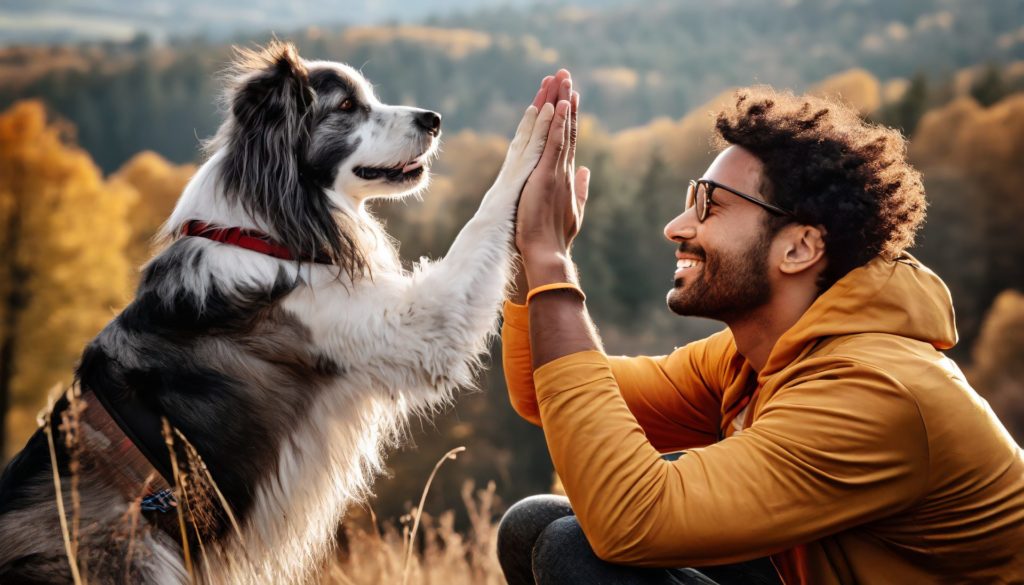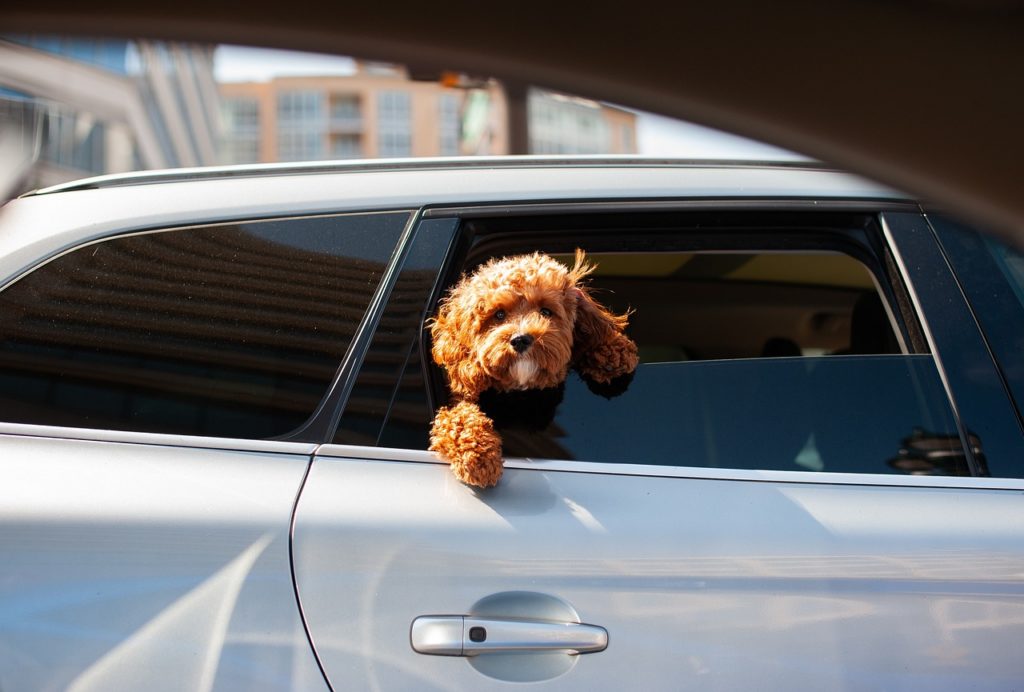
Navigating Nausea: Understanding and Alleviating Car Sickness in Dogs
Traveling with our furry companions is a joy, but for some dogs, the car ride can be a nauseating experience. Car sickness in dogs is not uncommon, and it can turn a pleasant journey into a stressful ordeal for both pets and their owners.
In this blog post, we’ll explore the reasons behind car sickness in dogs and offer practical tips to help alleviate their discomfort, making travel a more enjoyable experience for everyone involved.
Understanding Car Sickness in Dogs:
Understanding car sickness in dogs involves recognizing the reasons behind this condition and implementing practical tips to alleviate their discomfort during car rides.
Motion sensitivity, anxiety, fear, and visual stimuli are key factors contributing to car sickness in dogs.
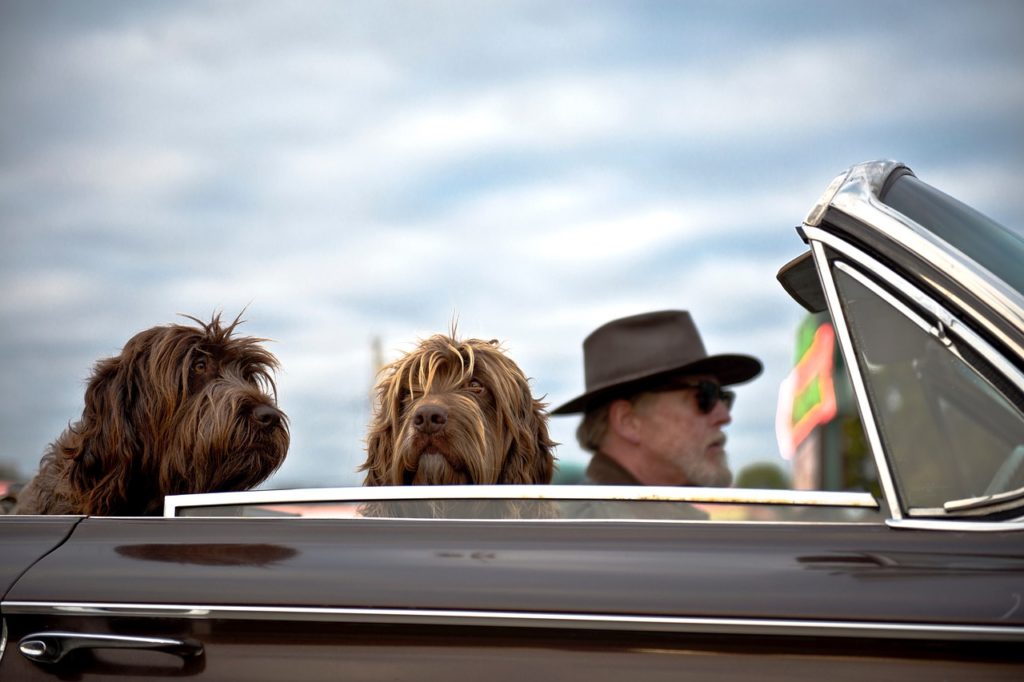
1. Motion Sensitivity Causes car sickness in dogs:
Motion sensitivity in dogs refers to their susceptibility to discomfort and distress caused by motion, particularly during activities like car rides.
This condition is akin to motion sickness in humans and can affect dogs of all ages, though puppies and younger dogs may be more prone to it.
Understanding motion sensitivity in dogs involves recognizing its causes and symptoms, as well as implementing strategies to alleviate their discomfort.
Causes of Motion Sensitivity:
- Inner Ear Imbalance: Dogs, like humans, rely on their inner ear for balance. Motion sensitivity can be triggered by disruptions in this balance, leading to nausea and other discomforting symptoms.
- Inexperience or Lack of Exposure: Dogs that haven’t been exposed to car rides or other forms of motion may be more susceptible to motion sensitivity. Gradual exposure can help them acclimate to these experiences.
- Visual Disorientation: The visual stimuli associated with motion, such as the changing scenery outside a moving car, can contribute to dogs’ disorientation and motion sickness.
- Anxiety and Fear: Dogs experiencing anxiety or fear associated with car rides may exhibit symptoms of motion sensitivity. Negative past experiences can contribute to this emotional stress.
Symptoms of Motion Sensitivity:
- Vomiting: One of the most common signs of motion sensitivity is vomiting, especially during or after a car ride.
- Excessive Drooling: Dogs may exhibit increased drooling as a response to the stress and discomfort associated with motion sensitivity.
- Restlessness: Restlessness, pacing, and an inability to settle down in the car may indicate that a dog is uncomfortable with the motion.
- Whining or Excessive Panting: Vocalizations like whining and excessive panting can be expressions of distress and discomfort.
Alleviating Motion Sensitivity:
- Gradual Exposure: Introduce your dog to motion gradually. Start with short rides, and gradually increase the duration as they become more accustomed.
- Comfortable Seating: Provide a secure and comfortable space for your dog in the car. A well-ventilated crate, a dog seat belt, or a specially designed car seat can help stabilize them.
- Positive Associations: Create positive associations with car rides by rewarding your dog with treats and praise. This helps them associate the experience with positive emotions.
- Reduce Anxiety: Address any anxiety or fear your dog may have by making the car a familiar and positive environment. Use calming aids if needed.
- Limit Food Intake: Avoid feeding your dog right before a car ride. A light meal several hours before departure can help prevent nausea.
- Ventilation: Ensure proper airflow in the car to prevent stuffiness, which can contribute to discomfort. Open windows or use fans to maintain ventilation.
Understanding car sickness in dogs and addressing motion sensitivity in dogs allows pet owners to provide a more comfortable and enjoyable experience during car rides, ensuring that their furry companions can join in on adventures with less stress and more joy.
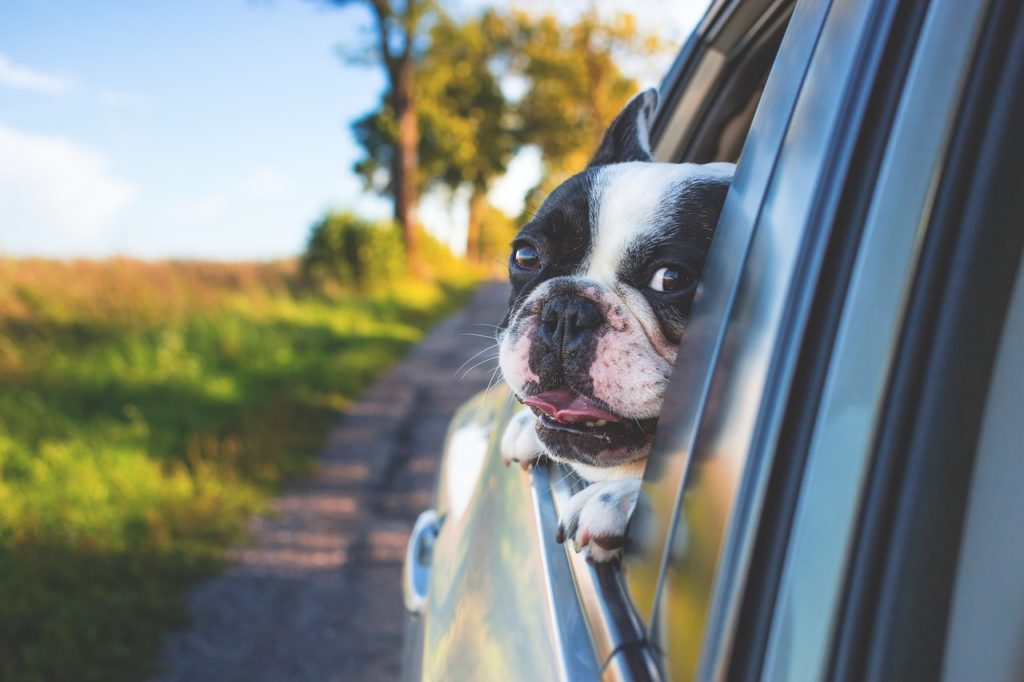
2. Anxiety and Fear:
Anxiety and fear are common emotional states experienced by dogs, impacting their well-being and behavior.
Understanding these emotions is crucial for pet owners to provide proper care and support for their furry friends.
Dogs may exhibit anxiety and fear in various situations, and recognizing the signs is the first step in addressing and managing these emotions.
Causes of Anxiety and Fear in Dogs:
- Lack of Socialization: Dogs that haven’t been adequately socialized during their early stages of life may develop fear and anxiety in new or unfamiliar situations.
- Past Traumatic Experiences: Negative experiences, such as abuse, neglect, or accidents, can leave lasting emotional scars, leading to anxiety and fear in specific situations.
- Separation Anxiety: Dogs may experience anxiety when left alone, known as separation anxiety. This can manifest in destructive behavior, excessive barking, or attempts to escape.
- Loud Noises: Thunderstorms, fireworks, or other loud noises can trigger fear responses in dogs. This is known as noise phobia.
- New Environments: Changes in the environment, such as moving to a new home or encountering unfamiliar settings, can induce anxiety.
Signs of Anxiety and Fear in Dogs:
- Pacing and Restlessness: Dogs may exhibit pacing or restlessness when anxious or fearful, unable to settle down.
- Excessive Panting: Rapid and excessive panting can be a sign of stress or fear in dogs.
- Trembling or Shaking: Physical manifestations like trembling or shaking can indicate heightened anxiety.
- Destructive Behavior: Dogs may engage in destructive behavior, such as chewing furniture or digging, as an outlet for their anxiety.
- Excessive Vocalization: Whining, barking, or howling more than usual can be an expression of anxiety or fear.
- Hiding or Seeking Comfort: Dogs may seek refuge in hiding places or seek comfort from their owners during times of anxiety.
Managing Anxiety and Fear:
- Positive Reinforcement: Use positive reinforcement techniques to build your dog’s confidence and create positive associations with specific situations.
- Gradual Exposure: Gradually expose your dog to situations that trigger anxiety, allowing them to acclimate at their own pace.
- Create a Safe Space: Provide a designated safe space, like a cozy crate or a quiet room, where your dog can retreat when feeling anxious.
- Professional Training: Enlist the help of a professional dog trainer or behaviorist to address specific anxiety-related behaviors.
- Calming Aids: Consider using calming aids, such as pheromone diffusers or anxiety wraps, to provide additional support during stressful situations.
- Routine and Consistency: Establish a consistent routine and environment, as this can help reduce anxiety by providing a sense of predictability.
Understanding the root causes of anxiety and fear in dogs and implementing strategies to alleviate these emotions and avoid car sickness in dogs is crucial for fostering a healthy and happy relationship between pets and their owners.
By creating a supportive and reassuring environment, pet owners can help their dogs navigate the challenges that may trigger anxiety and fear, ultimately enhancing their overall well-being and avoiding car sickness in dogs.
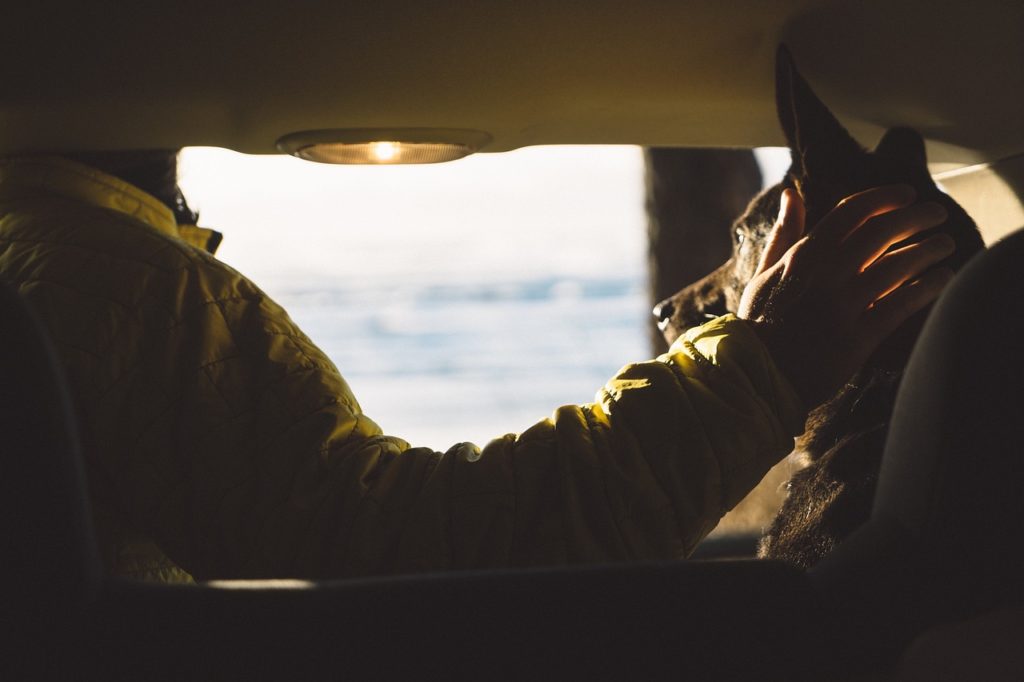
3. Visual Stimuli Contributes to car sickness in dogs:
Dogs are highly sensitive to visual stimuli. The rapid movement of scenery outside the car window can contribute to their disorientation and motion sickness. Blocking their view or creating a more stable visual environment may help.
Visual stimuli play a significant role in the sensory experiences of dogs, influencing their behavior, reactions, and overall well-being.
Dogs, like humans, rely heavily on their sense of sight, and various visual stimuli can evoke different responses from our canine companions.
Understanding car sickness in dogs and how dogs perceive visual stimuli is essential for creating environments that promote their comfort and positive behavior.
Types of Visual Stimuli:
- Moving Objects: Dogs are naturally drawn to moving objects, and they may react with excitement or curiosity. This could include anything from a fluttering leaf to a passing car.
- Changing Scenery: Rapid changes in scenery, such as moving through different landscapes during a car ride, can capture a dog’s attention. While some dogs enjoy the visual stimulation, it can contribute to motion sensitivity in others.
- Other Animals: The sight of other animals, whether they be fellow dogs, cats, or wildlife, can trigger a range of reactions in dogs. This may include excitement, curiosity, or even fear.
- Human Facial Expressions: Dogs are highly attuned to human facial expressions. They can interpret visual cues from their owners and respond accordingly, recognizing emotions like happiness, sadness, or anger.
- Colors and Shapes: While dogs don’t perceive colors in the same way humans do, they can differentiate between various shades of gray and may be sensitive to contrasts and patterns. Bold or contrasting colors might attract their attention.
- Visual Cues in Training: Visual cues are often used in dog training. Dogs can learn commands and behaviors through the use of visual signals, hand gestures, or body language.
Reactions to Visual Stimuli:
- Excitement: Positive visual stimuli, such as the sight of a favorite toy or a friendly playmate, can elicit excitement and joy in dogs.
- Curiosity: Dogs are naturally curious, and visual stimuli can pique their interest. They may investigate unfamiliar objects or creatures to satisfy their curiosity.
- Fear or Anxiety: Some visual stimuli, especially those associated with past negative experiences, can trigger fear or anxiety in dogs. This may include unfamiliar environments, certain objects, or even specific people.
- Alertness: Dogs are alert to their surroundings, and visual stimuli can make them more vigilant. This is particularly evident when they notice movement or changes in the environment.
- Aggression: In certain situations, dogs may react aggressively to visual stimuli, especially if they perceive a threat or if they are protective of their territory.
Tailoring Environments for Dogs:
- Positive Associations: Associate positive experiences with visual stimuli to create positive associations. Rewarding calm behavior in the presence of stimuli can help dogs feel more comfortable.
- Understanding Triggers: Identify stimuli that trigger negative reactions and work on desensitizing dogs to those triggers through gradual exposure and positive reinforcement.
- Safe Spaces: Provide dogs with designated safe spaces where they can retreat if they feel overwhelmed by visual stimuli. This can be a quiet corner or a comfortable crate.
- Enrichment Activities: Use visual stimuli as part of enrichment activities, such as puzzle toys or interactive games, to keep dogs mentally stimulated.
By understanding car sickness in dogs and how visual stimuli impact dogs and tailoring their environments accordingly, pet owners can enhance their dogs’ overall well-being and ensure that visual experiences contribute positively to their lives.
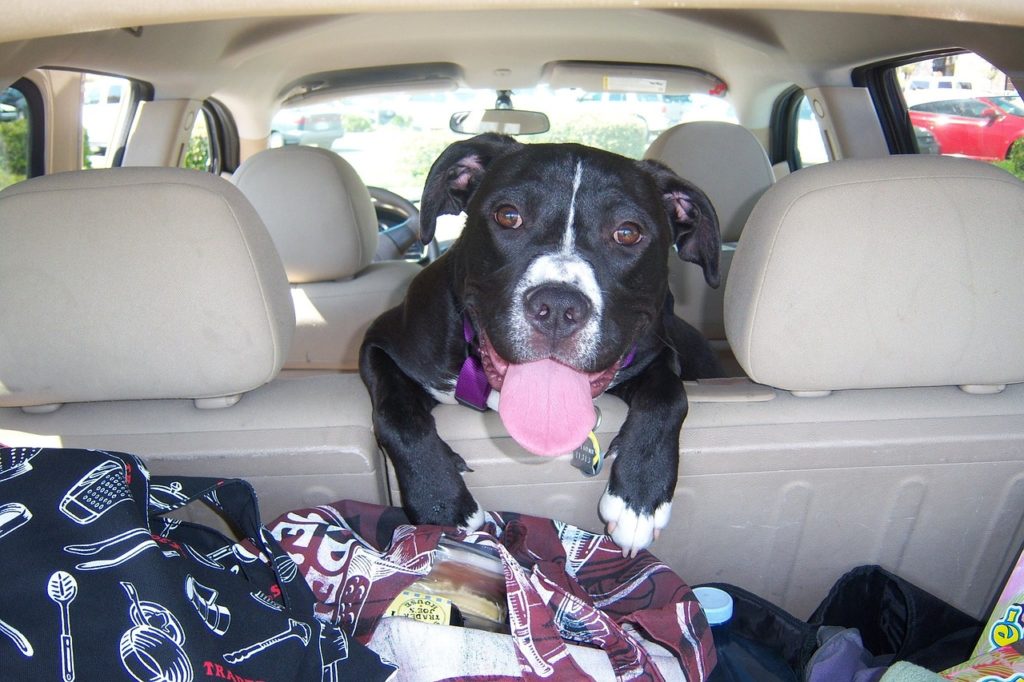
Tips to Alleviate Car Sickness in Dogs
To alleviate car sickness in dogs, it is essential to consider several factors and implement practical strategies:
- Gradual Exposure: If your dog is not accustomed to car rides, start with short trips to build their tolerance gradually. Reward them with treats and positive reinforcement to create positive associations with the car.
- Comfortable Seating: Provide a comfortable and secure space for your dog in the car. Use a well-ventilated crate, a dog seat belt, or a comfortable car seat designed for pets. This helps reduce motion and provides a sense of security.
- Reduce Anxiety: Address any anxiety or fear your dog may have about car rides. Familiarize them with the car by allowing them to explore it when stationary. Use calming aids such as lavender-infused collars or pheromone sprays.
- Limit Food Intake: Avoid feeding your dog right before a car ride. A light meal several hours before departure can help prevent nausea. Also, make sure to keep them hydrated during the journey.
- Ventilation: Ensure proper ventilation in the car to prevent stuffiness, which can contribute to discomfort. Crack open a window or use a fan to maintain airflow.
- Block Visual Stimuli: Reduce the visual stimuli that can trigger motion sickness by partially covering the windows. This can be achieved with window shades or by using a blanket to create a more stable visual environment.
Conclusion
Understanding the causes of car sickness in dogs and taking proactive steps to alleviate their discomfort can transform car rides into enjoyable adventures for both pets and their owners.
By gradually acclimating them to the car, providing a comfortable and secure space, and addressing any anxiety, we can ensure that our four-legged friends can join us on the road with wagging tails and happy memories.




